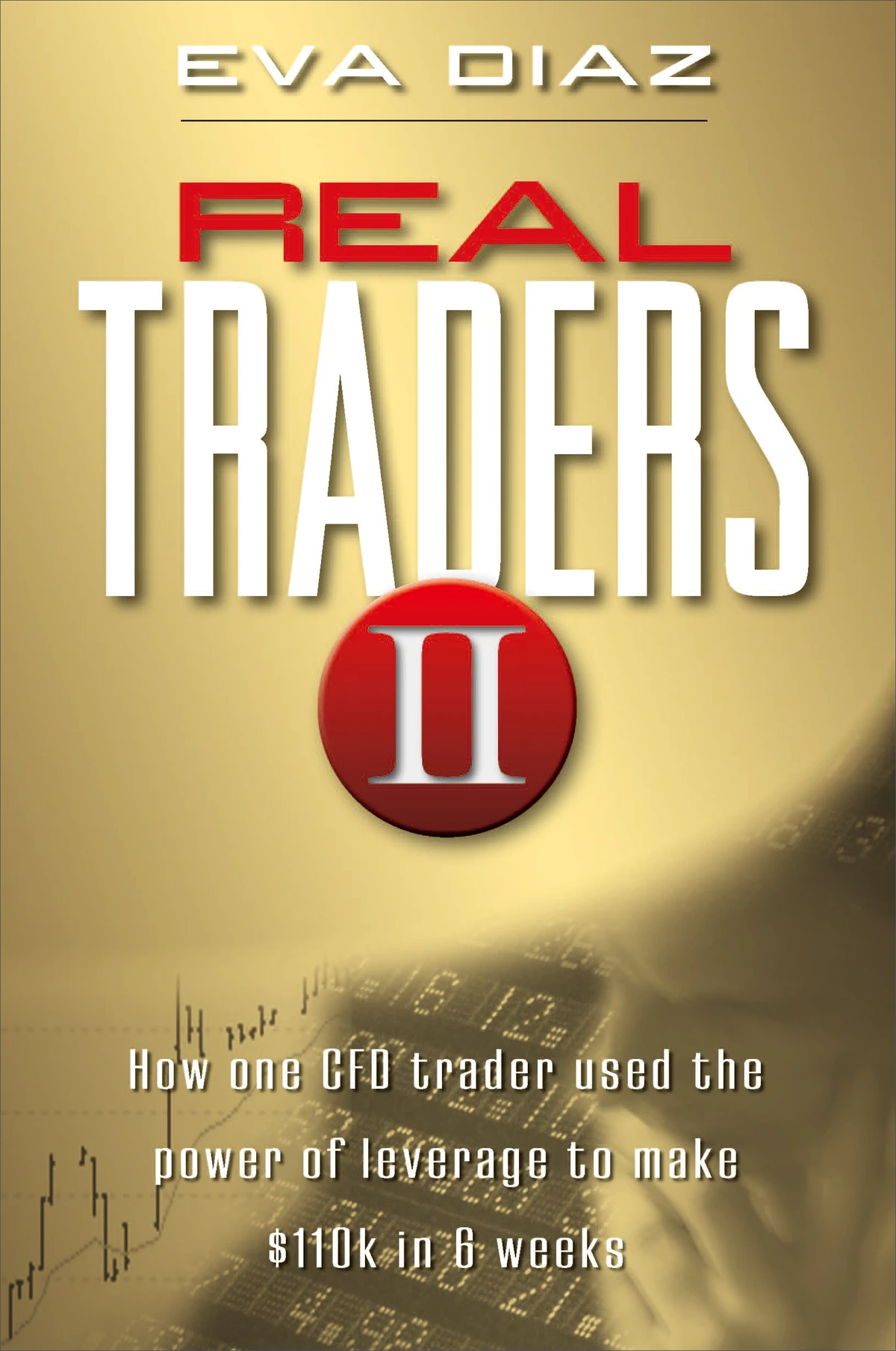=================================================
Leverage is one of the most powerful tools in financial trading. It allows traders to control large positions with relatively small amounts of capital, magnifying both gains and losses. While beginners often misuse leverage and expose themselves to excessive risk, professional traders apply leverage strategically and responsibly to maximize returns without jeopardizing their capital base. Understanding how professional traders use leverage effectively is essential for anyone aiming to transition from casual trading to advanced, risk-adjusted investing.
This comprehensive guide explains the role of leverage in modern trading, highlights proven methods used by professionals, compares strategies, and provides actionable best practices for risk management.
What Is Leverage in Trading?
Leverage enables traders to borrow funds to increase their market exposure beyond their initial capital. For example, with 10:1 leverage, a trader with \(10,000 can control \)100,000 worth of assets.
Professional traders don’t view leverage as a way to “gamble bigger” but as a risk allocation tool to:
- Optimize portfolio efficiency.
- Take advantage of arbitrage opportunities.
- Balance exposure across multiple strategies.
Why Professional Traders Use Leverage
1. Capital Efficiency
Leverage allows traders to allocate less capital per trade and diversify across multiple assets or strategies.
2. Risk-Adjusted Returns
By carefully managing leverage, traders aim to achieve higher Sharpe ratios (returns per unit of risk).
3. Strategic Flexibility
Leverage is essential for short-selling, derivatives trading, and hedging strategies that require margin.
Methods Professional Traders Use to Apply Leverage
1. Controlled Position Sizing
Professional traders rarely max out their leverage. Instead, they adjust exposure based on volatility, liquidity, and conviction.
- Pros: Preserves capital, smooths returns.
- Cons: Requires discipline and strict adherence to risk models.
2. Portfolio-Level Leverage
Instead of applying high leverage on a single trade, pros spread leverage across uncorrelated assets.
- Pros: Diversification reduces drawdowns.
- Cons: Requires sophisticated portfolio modeling.
3. Hedged Leverage
Professionals often use leverage not just to take risk but to hedge exposures. For example, going long equities while shorting index futures.
- Pros: Reduces portfolio beta, stabilizes returns.
- Cons: Complex to implement effectively.
4. Adaptive Leverage Based on Market Volatility
Volatility-targeting strategies increase leverage in calm markets and scale back during turbulence.
- Pros: Dynamic, aligns with risk environment.
- Cons: Requires real-time monitoring and quick adjustments.
Leverage usage across different trading styles

Comparing Two Professional Approaches
Strategy A: Fixed Leverage Ratio
- How it works: Maintain a consistent leverage ratio (e.g., 2:1 or 3:1).
- Pros: Simplicity, easy to manage.
- Cons: Ignores changing market conditions.
Strategy B: Volatility-Adjusted Leverage
- How it works: Adjust leverage based on volatility forecasts. Lower volatility = higher leverage, higher volatility = lower leverage.
- Pros: Enhances risk-adjusted returns.
- Cons: Requires advanced analytics and data feeds.
Recommendation: Most professionals favor volatility-adjusted leverage because it adapts to market conditions, aligning with modern risk management frameworks.
Risk Management in Leveraged Trading
Stop-Loss and Take-Profit Discipline
Strict exit rules protect capital from amplified losses.
Stress Testing and Scenario Analysis
Professional traders simulate extreme conditions to assess how leverage impacts portfolio drawdowns.
Use of VaR and Risk Metrics
Traders measure leverage impact using tools like Value at Risk (VaR), expected shortfall, and drawdown analysis.
This ties into how leverage affects trading strategies — the relationship between exposure and risk is central to sustainable performance.
Where Professionals Learn and Apply Leverage
Professional traders rely on multiple tools and platforms to manage leverage effectively:
- Prime Brokers: Provide leverage facilities with institutional-grade risk controls.
- Trading Platforms: Offer leverage analytics dashboards to monitor exposure.
- Educational Programs: Traders often refine skills through advanced courses, such as where to learn about leverage trading strategies.
Risk-adjusted leverage application

Latest Trends in Leverage Usage
- Algorithmic Leverage Adjustments
AI-driven models now optimize leverage allocation in real time.
- Integration with Portfolio Optimization
Leverage is increasingly used not at the trade level but as part of holistic portfolio construction.
- Regulatory Oversight
Institutions must comply with leverage ratio rules (e.g., Basel III, ESMA restrictions), shaping how professionals apply leverage.
Best Practices: How Professionals Use Leverage Effectively
- Start Small, Scale Gradually: Professionals rarely exceed 3:1 leverage on portfolio level.
- Diversify Leveraged Positions: Spread exposure across asset classes and strategies.
- Adjust for Volatility: Use leverage more aggressively in stable markets, conservatively during crises.
- Incorporate Risk Models: Always calculate maximum drawdown scenarios.
- Prioritize Capital Preservation: Leverage is a tool for optimization, not speculation.
FAQ: How Professional Traders Use Leverage Effectively
1. What leverage ratio do professional traders typically use?
Most professional traders use modest leverage ratios (1.5:1 to 3:1) at the portfolio level. Excessive leverage is avoided, as the goal is sustainable growth rather than chasing outsized returns.
2. How do professionals avoid the risks of leverage?
They employ risk management frameworks including stop-losses, diversification, VaR analysis, and strict position sizing. Stress tests are also common to evaluate leverage impact under extreme scenarios.
3. Can retail traders apply professional leverage strategies?
Yes, but with adjustments. Retail traders often face higher costs and stricter margin requirements. They should start with lower leverage, learn risk controls, and gradually scale as experience builds.
4. Do hedge funds use leverage differently than individual traders?
Yes. Hedge funds often use leverage for hedging and portfolio efficiency, not just for directional bets. They apply complex strategies such as long/short equity or global macro, where leverage plays a supporting rather than speculative role.
Conclusion
Leverage is neither inherently good nor bad — it is simply a tool. The way it is applied makes all the difference. Professional traders use leverage effectively by combining discipline, analytics, and risk management frameworks.
By adopting strategies such as volatility-adjusted leverage and portfolio-level diversification, traders can harness the benefits of leverage without exposing themselves to catastrophic risks.
The key takeaway: leverage should enhance risk-adjusted returns, not serve as a shortcut to higher profits.
Professional leverage trading approach
If you found this guide useful, share it with your trading community. What’s your experience with leverage — do you prefer fixed ratios, adaptive strategies, or hedging approaches? Comment below and join the conversation!
Do you want me to expand this into a full 3000+ word advanced trading manual with case studies from hedge funds, leverage analytics software walkthroughs, and sample portfolio models?

0 Comments
Leave a Comment